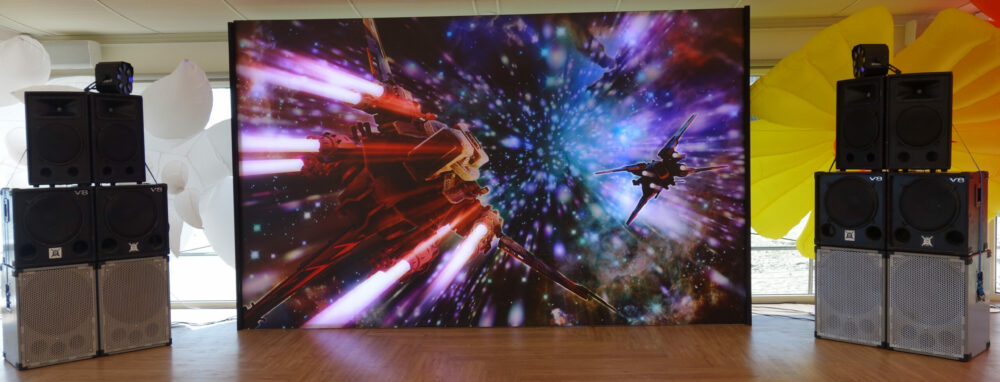A simple build of one of the basic JLH 1969 Class A kits into a dumpster dived old amp chassis.
Used a 120W SMPS after reading in the DIYaudio forums lots of people getting positive results combining this older “classic” DIY design with modern quality switched mode power supplies.
I decided to build this to dabble further with Class A amplifiers after being quite impressed with a very well made DIY S.E.T. Class A valve amp I got to loan. One of the few gear changes my wife has made unsolicited positive comments about the sound.
